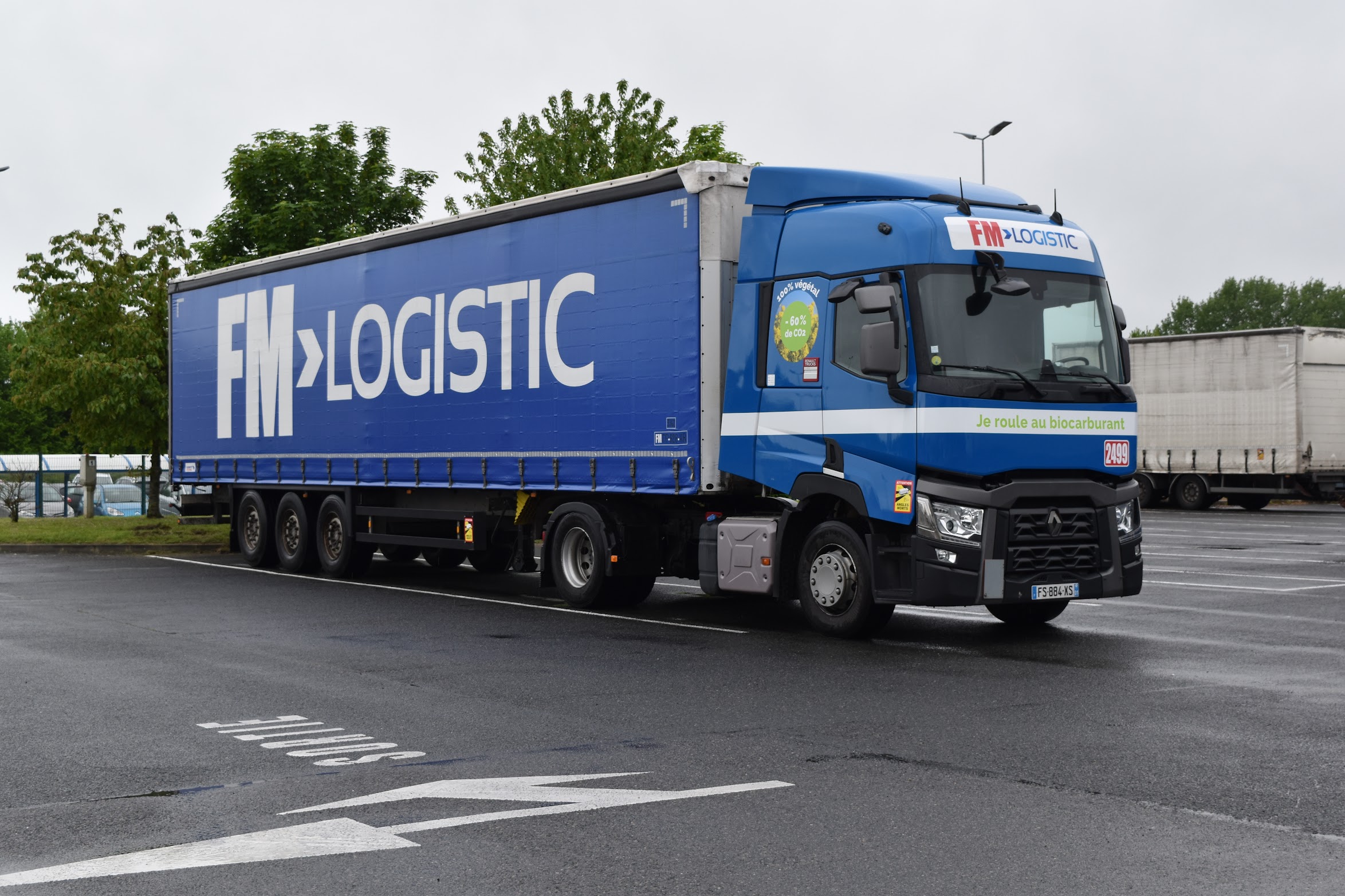Greening the supply chain
A crucial lever to reduce our products’ environmental footprint
Faced with a growing awareness of the urgency to protect the planet, along with pressure from citizens, governments, and international institutions, companies have begun introducing initiatives to reduce the environmental footprint of their activities and to consider the whole lifecycle of their products. The supply chain oversees the end-to-end flow of a product, from suppliers to the end customer, starting with its conception and going through its packaging, transport, handling, and storage, all the way to its destruction or recycling. Supply chains, and especially logistics companies are at the center of the system. They can provide support to their partners, so that every link in the chain has minimal environmental impact.
The origins of the process
The process begins by measuring. In 2018, the European Commission established a method to look at all the factors in a product’s lifecycle that can affect the environment including climate change, protection of the ozone layer, water consumption, land use, particulate matter emissions, and depletion of resources. The method, known as the Product Environmental Footprint (PEF) considers 16 standardized and weighted categories simultaneously, allowing a product to be assigned an universal, comparable environmental footprint rating.
For example, when looking at a T-shirt, it is easy to think that if it is produced nearby, it has a smaller environmental footprint than an imported version, because of the emissions produced when flying an item from its place of production to the retailer. But in fact, transport emissions are less than 5% of the shirt’s impact. If the T-shirt is made of cotton, some 40-50% of its total environmental impact comes from the conditions in which the cotton has been cultivated.
THE SUPPLY CHAIN OVERSEES THE END-TO-END FLOW OF A PRODUCT, FROM SUPPLIERS TO THE END CUSTOMER, STARTING WITH ITS CONCEPTION AND GOING THROUGH ITS PACKAGING, TRANSPORT, HANDLING, AND STORAGE, ALL THE WAY TO ITS DESTRUCTION OR RECYCLING.
Why the supply chain has a role to play
That said, logistics companies have a crucial role to play in mitigating the impact of transportation, packaging, and storage. Taking into account the dependence of their activities on fossil fuels, as well as a high growth rate forecast, one of the biggest challenges for omnichannel supply chain service providers is decarbonizing. Logistics activities account for around 10-11% of global CO2 emissions.
More than half of global emissions are produced by eight supply chains: food, construction, fashion, fast-moving consumer goods, electronics, automotive, professional services, and freight, according to a 2021 report by the World Economic Forum1. By increasing efficiency and introducing renewable energy, these supply chains can reduce 40% of emissions with minimal impact on product costs. A 2020 survey of more than 90 senior executives of European companies on measures they are taking to reduce CO2 emissions of logistics found that the most cost-effective way was shifting freight to cleaner transport methods (followed by improving vehicle loading, switching to alternative energy, and cutting emissions from warehousing)2.
MORE THAN 50% OF GLOBAL EMISSIONS ARE PRODUCED BY 8 SUPPLY CHAINS.
Shifting to a new paradigm
All of these show that new kinds of cooperation can contribute to shifting the paradigm.
Mutualization, or the aggregation of volumes by sector rather than customer, is another key strategy, which renders many aspects of logistics—such as warehousing, packaging, filling trucks, and defining delivery routes—more efficient, less costly, and more ecological.
If transport decarbonisation, optimization and energy efficiency in warehouses are among the relevant solutions to adapt to climate change, supply chain is also a lever to transform business, as it can foster positive impact through new business models. For example, by creating a bulk system of distribution with some retailers, which contributes to reducing packaging and its environmental impact, or by developing new modular urban logistic platforms in cities, Comment start which offer opportunities of reducing the last-mile delivery, responsible for 25% of the carbon emission of the transportation of a product.
The 2020 survey of European companies found that there was a conjunction of environmental and commercial objectives in the decarbonizing of logistics: 60% of the executives estimated that half or more of CO2-reducing measures also ended up cutting costs. With the right approach, supply chain sustainability can be a winning proposition for businesses and the planet.



